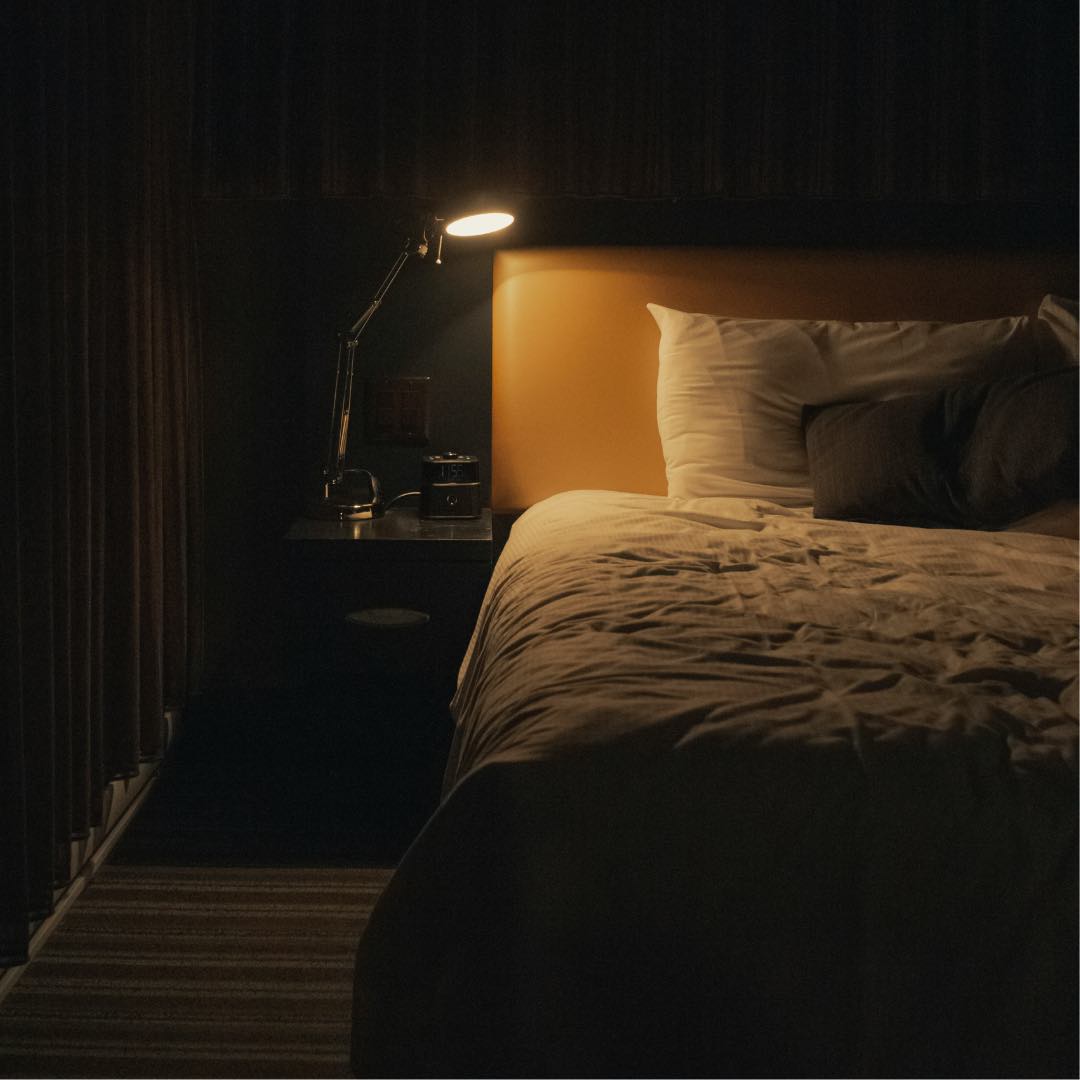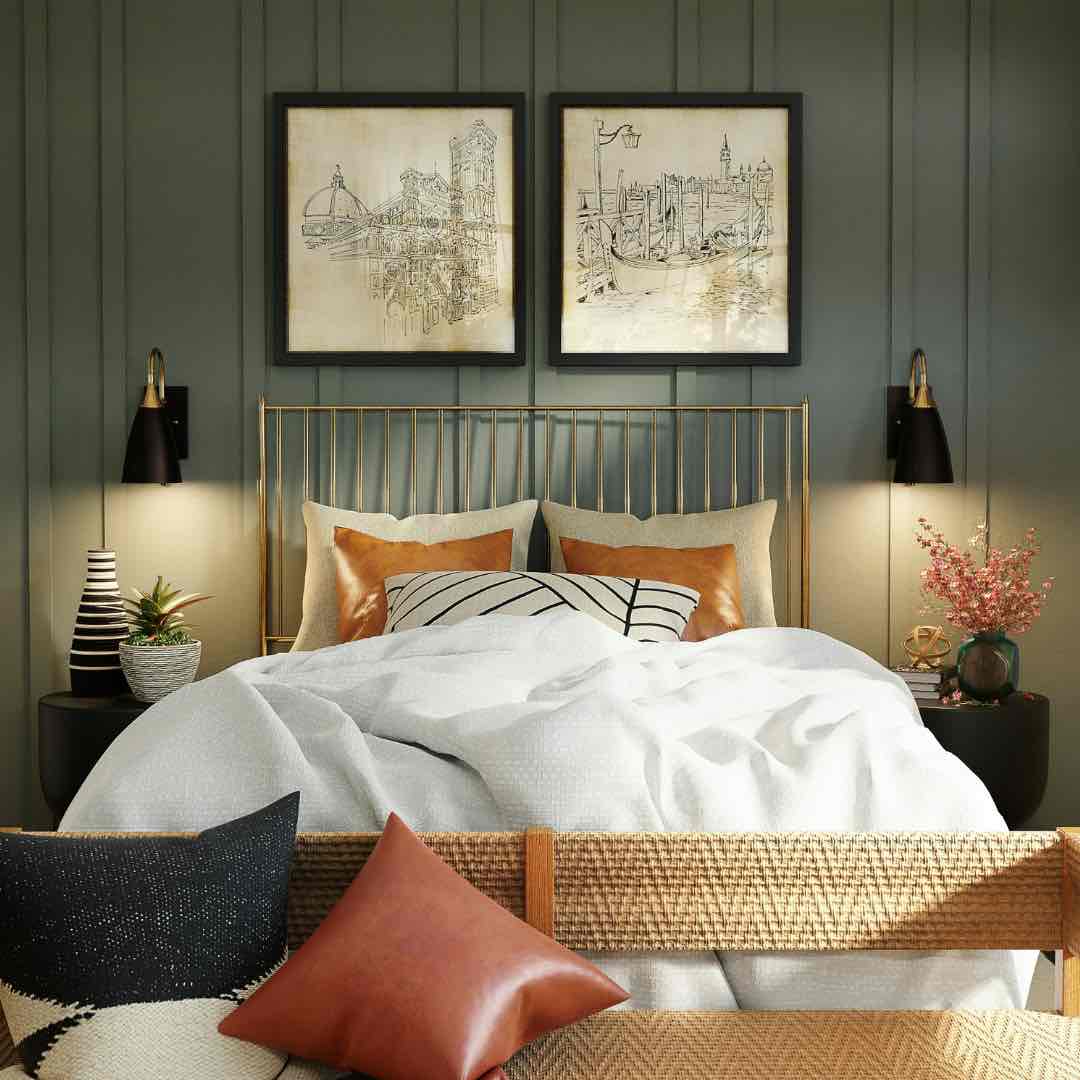Help & advice
Mastering bedroom lighting, what do I need to know?
Layering
One thing that everyone seems to agree on is to make sure you have different types of lighting in your bedroom, also known as layering. Your bedroom can be one of the most diversely used spaces in your home and so identifying how your bedroom is used and zoning it is more important in this room than any other.
Make a plan
Creating a floor plan will really help you identify your key areas where you will need lighting, and what type.
You can break your lighting needs into four types:
- 'Task' lighting - bedside and desk lamps, reading lights, lighting either side of a mirror to eliminate shadows
- Ambient lighting for night times or early mornings
- Accent lighting for any details in the room you might want to highlight
- Natural lighting


If your bedroom doubles up as an office or work space, you will need a brighter task lighting option (as will a dressing table or vanity area). However, bright lights generally won't lend themselves to the calm inviting space that ideally a bedroom should be so consider adding dimmer switches to give you more control.
Spreading out your light sources can make your room appear larger and opting for wall lights whether wired or plug in can free up space on your floor or bedside tables.
How do I know how to get the brightness right?
Replace existing bulbs with energy-efficient LEDs to save energy, and choose LEDs for any new lighting upgrades.
When planning your lighting, remember the impact the choice of bulb has. As a rule of thumb you should work on 10–20 lumens per square foot for bedrooms (so square footage x 10 for your minimum number overall).
Maximising natural light
As well as getting the artificial lighting right, be sure to make the most of any natural light. Natural light boosts your mood and balances your circadian rhythm which is beneficial for physical and mental wellbeing.
Start your renovation with Reno